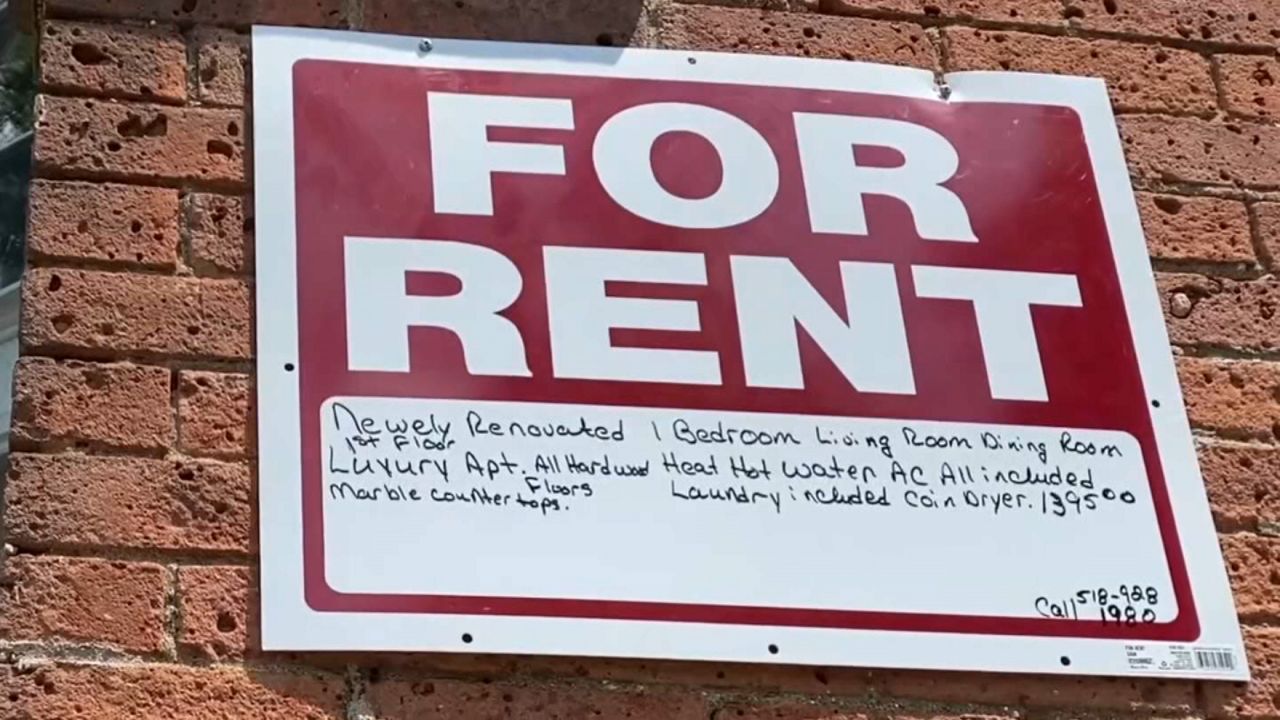AUSTIN, Texas — The Texas Senate passed a priority piece of legislation on Wednesday aimed at improving the state’s water infrastructure amid a looming water crisis.
Senate Bill 7, authored by state Sen. Charles Perry, R-Lubbock, plans to allocate billions of dollars to invest in water-related projects and create an office in charge of oversight. The bill passed with unanimous approval.
It is one of a package of water-related bills the state’s upper chamber is considering during this session.
During his State of the State address, Gov. Greg Abbott listed investing in the state’s water infrastructure as one of the emergency items he wanted the Legislature to pass. Lt. Gov. Dan Patrick also named SB 7 as one of his priority pieces of legislation.
Lawmakers have said a “Texas-sized” investment in water infrastructure is needed, with the state’s burgeoning population and drought concerns.
A Texas Tribune report found that a statewide drought would cause Texas’ water demand to exceed supply by 2030, if action is not taken by lawmakers.
The 2022 Texas Water Plan estimated that the state’s population would increase to 51.5 million people by 2070 and the state would need an additional 7.7 million-acre-feet of water per year to meet the needs of Texans.
Some of the proposals to meet the demand are investing in desalination, recycling wastewater, aquifer storage and recovery, rainwater harvesting and creating new reservoirs.
In addition to a water supply crisis, the American Society of Civil Engineers gave Texas a D+ for drinking water in the group’s annual infrastructure report card last month.











